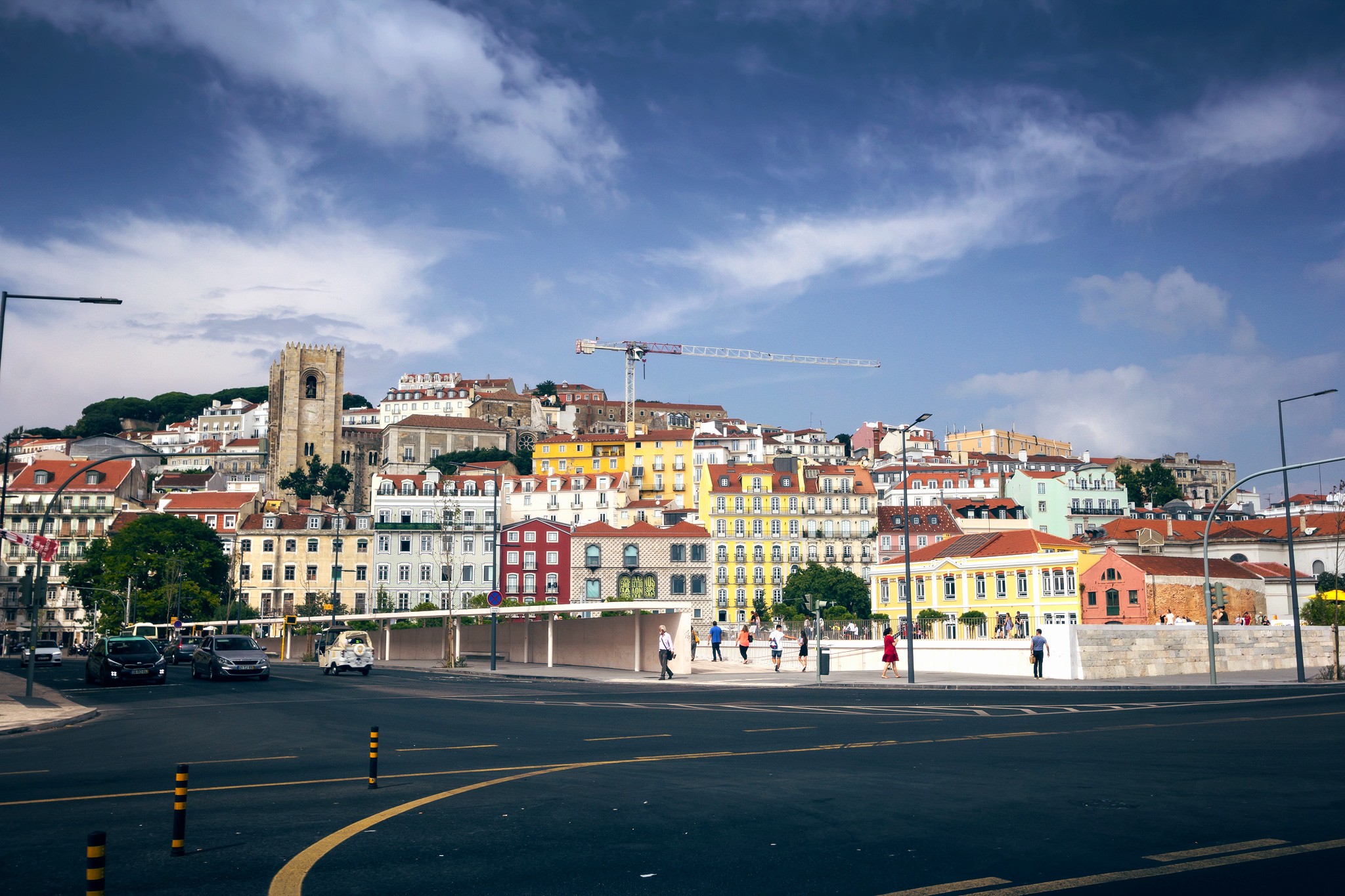
A neighbor is always worth a visit:) We had some opportunities to drive alongside the coast from the Spanish border to Porto, I will try to tell you more about the most interesting places I visited there.
It was one of the most beautiful family trips in a VAN. We set out from Malaga, then drove to Tariff and continued alongside the coast… In total, the meter showed that we travelled about 2500 km in 17 days.
We travelled alongside the southern and western coasts of Portugal, as can be seen on the map below.
Traveling from the southern part of Lisbon, we set out from the Orbitur Costa de Caparica campsite. We wanted to drive over Tag (the longest river on the Iberian Peninsula) through the famous Bridge of April 25 (Ponte 25 de Abril) which looks very much like Golden Gate Bridge from San Francisco that we had crossed previously while travelling from SF to Marin… Because of that we experience a bit of a déjà vu. .. The bridge in Lisbon was constructed by American Bridge Company which built San Francisco – Oakland Bay Bridge, not the famous Golden Gate.
Way off in the distance, we could see the second bridge – Vasco da Gama, which is the longest bridge in Europe (17,3 km long).
We went to the parking lot near the railway station in the city centre, near the harbour and next to R. da Cintura do Porto de Lisboa. There are many parking lots, the city centre is near, so you can easily spend a night there. We weren’t the only ones who came up with this idea… Lisbon is quite densely built up and we were worrying about finding a campsite in the city – of course, there is Lisboa Camping & Bungalows, but you need to take a public transport to get to the centre from there, and unfortunately, during the high season, dogs are not welcome in trams, buses and other public means of transport…. So we were left with a parking lot at the harbour, which turned out to be a great solution.
Lisbon is a precious city. Every turn offers a surprise and, despite the catastrophe that occurred in the western coasts of Europe on 1 November 1755, it presents itself grandiosely. On that fateful day, at 9 a.m. on Sunday, a strong earthquake with an epicentre near Cape St. Vincent, destroyed over 50 sanctuaries with thousands of worshippers inside. Another strong tremor ended with a thick layer of dust covering the city, which stifled its inhabitants. A few minutes later, the city was hit by a large tsunami. The city suffering from further tremors, swallowed by fire, with every passing minute was losing its inhabitants, resources, monuments and works of art…
----------------------
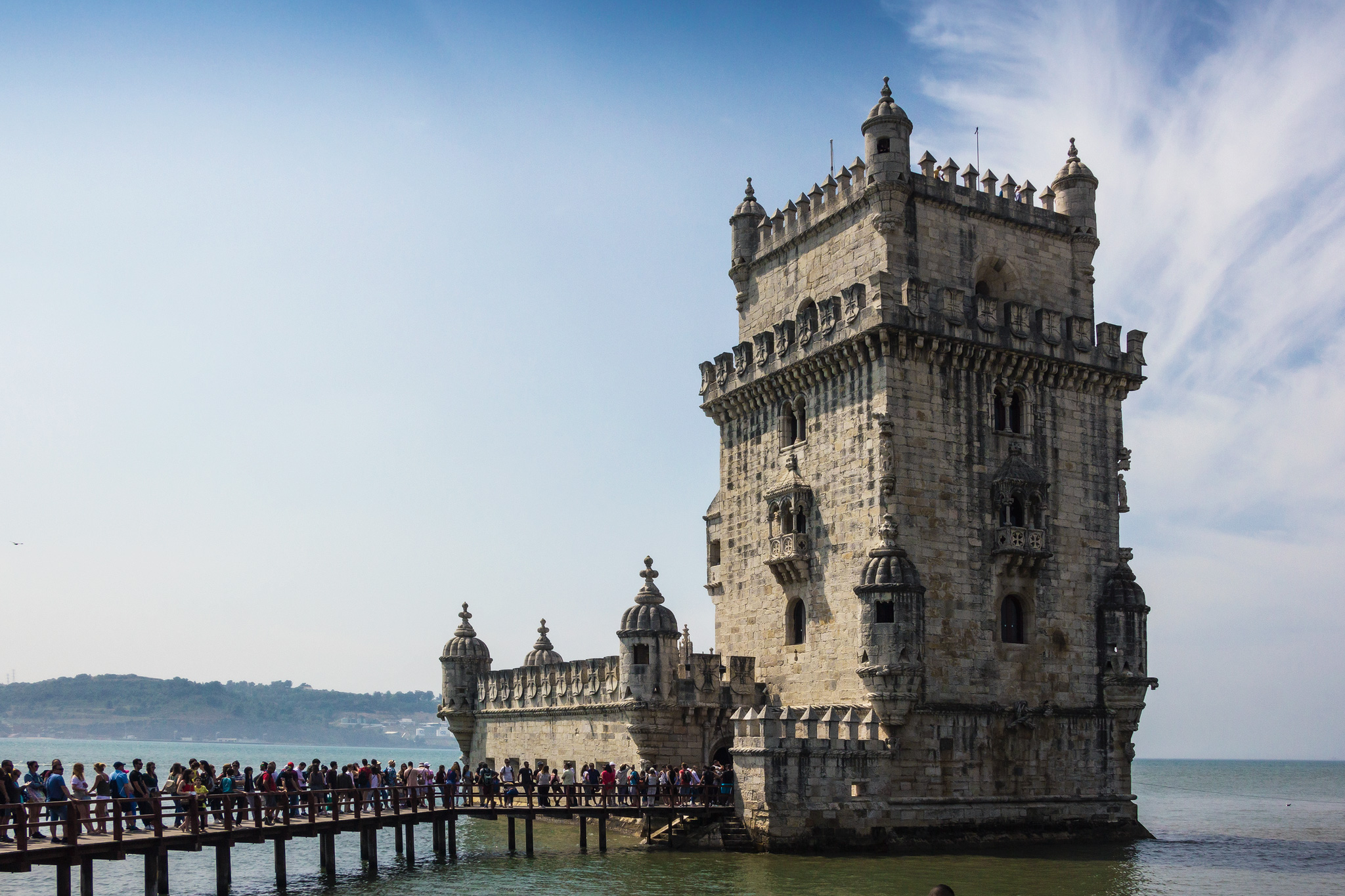
We set out from the coast of Tag towards Belem and Ajuda. The legend says that here in “Bethlehem”, people started to bake the famous Portuguese pasteis de nata and from this place on 8 May 1497, Vasco da Gama set out to India… There are a few characteristic Lisbon monuments.
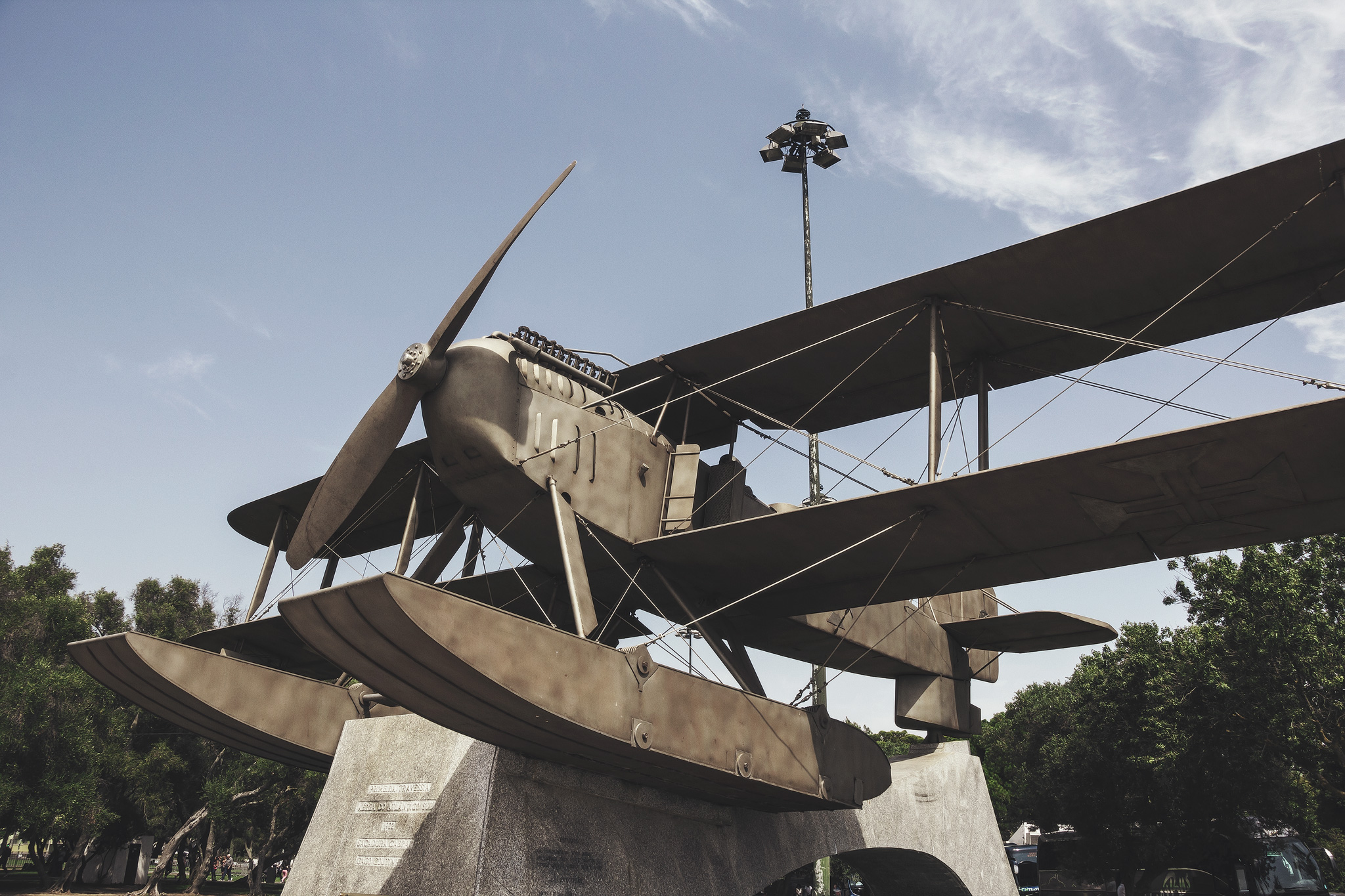
From the shore of Tag, you can see the already mentioned bridge of April 25.
Other interesting places in Belem districts and Ajuda:
At first, it may look a little unkempt. It is true that the upper district used to be luxurious and inhabited by the gentry, but after the great earthquake of 1755, it changed. It has become more and more built in by common houses, which turned their ground floor into small pubs Fado that gathered the local intellectuals and all types of artists. If you really want to feel the true atmosphere of Lisbon, you should spend evening hours among crowds of students, tourists and the local artists… There are nice restaurants and bars.
Miradouro de Santa Catarina and Sao Pedro de Alcantara – from these places, you can enjoy the panorama of the city.
CHIADO – a district with a very cultural character. It is situated between Barrio Alto and Baixa. You can find here:
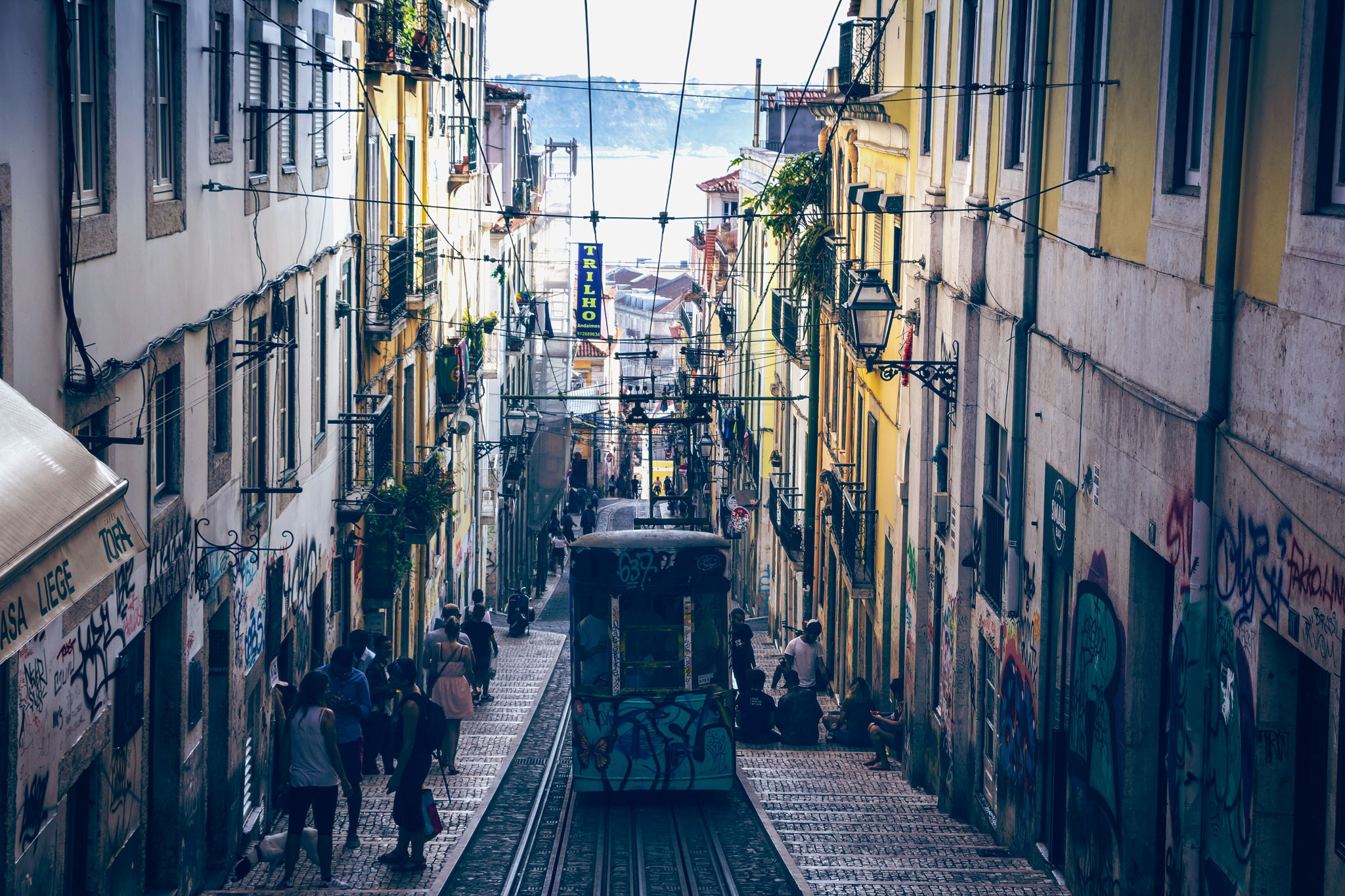
Here, we can also use cableway-lifts, i.e. Elevador de Santa Justa.
Going down, you will reach Covento do Carmo – the ruins of Carmelite monastery. They are in a pretty good condition despite the damages caused by the earthquake of 1755.
In ROSSIO, next to the square, there is Teatro Nacional Almelda Garrett.
BAIXA, the commercial district, was rebuilt almost completely after the earthquake. The major part of the district is occupied by the large Praca do Comercio square with its monumental triumphal arc called Arco da Rua Augusta. There are many places where you can rest and eat the delicious pastel de nata and drink the sweet and strong Port.
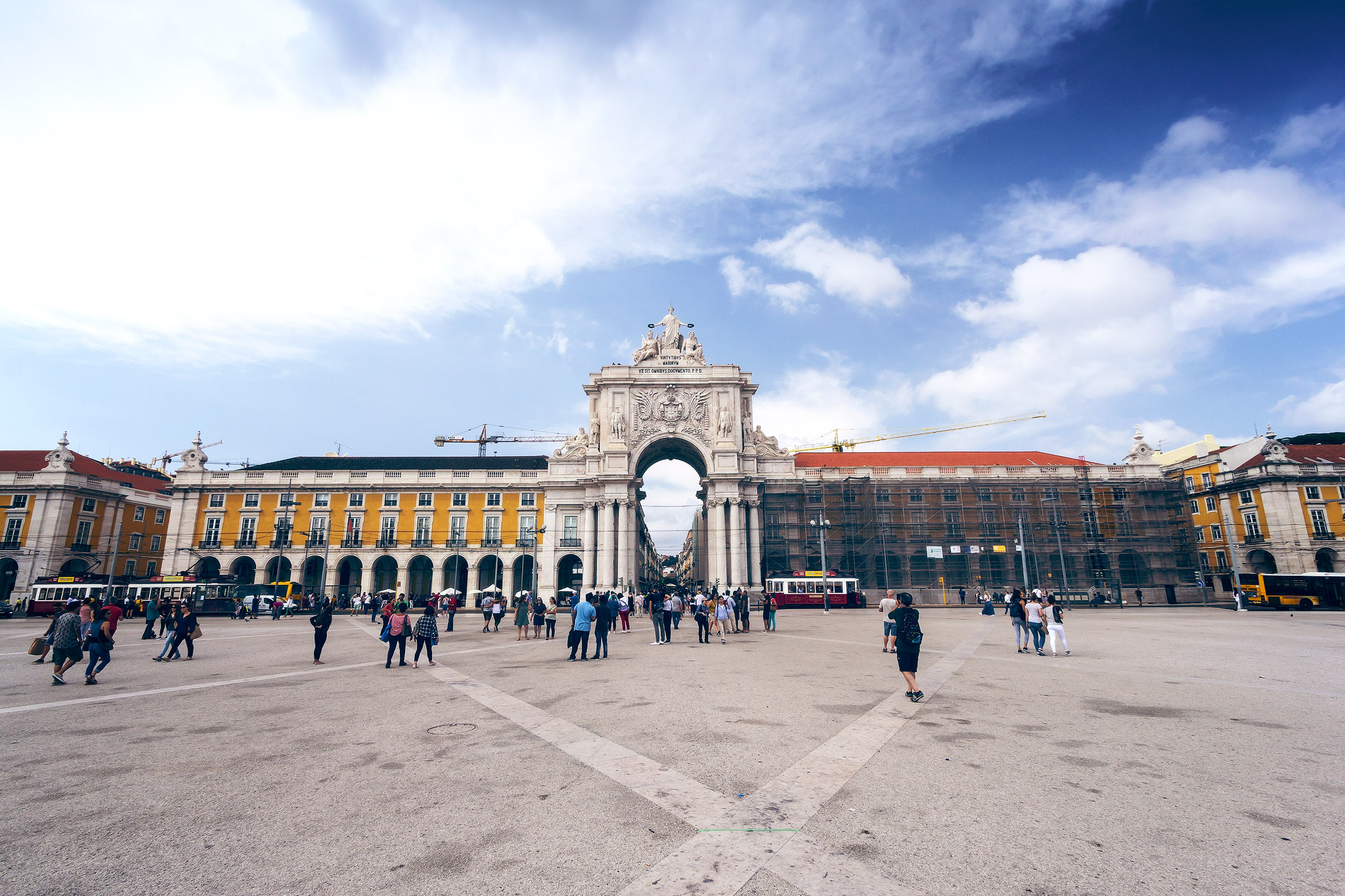
ALFAMA is one of the poorer districts in the centre, but I believe it is one of the most real ones. It is not ornamented for tourists with various attractions. I need to admit that I do not find the speeding, loud Indian Tuk-tuks to fit in here… Next to many windows, there hangs freshly washed laundry and linen, older women talk about the reality, shops, stores, cafes… The young, who wish to escape from the old districts, leave the old tenement houses to live in modern subdivisions. There is Miradouro Santa Luiza and Miradouro das Portas do Sol, from which you can enjoy the panorama of the city. Other interesting places to visit in Alfama:
It is a district that we absolutely must return to. Lisbon hides so many interesting places that I would need to spend there at least a year to discover all its corners.
The park has been very thoroughly designed. The citizens can enjoy wide promenades, cableway, the largest aquarium in Europe, modern pavilions: of knowledge and technology, of Portugal and of Atlantic. There is also Torre Vasco da Gama, a 145 m tall tower, its shape resembling a sail of a caravel.
LISBON NEIGHBOURHOOD
After spending three days in Lisbon, we set out further north. We took a break at Cascais coast – a charming town and beach, and then, we drove to Sintra. It is recommended to spend more time here. The beautiful Palacio Nacional da Pena, Palacio Quinta da Regaleira and Palacio de Monserrate are only some of the attractions that can be found in the area. Unfortunately, we couldn’t take our dog to the park and use the hour-long route to Palacio Nacional da Pena, so we decided to go back to the route leading through Parque Natural de Sintra-Cascais to the coast. Someday, we will come back here…
On our way to the westernmost place in Europe – Cabo da Roca cape, we passed the iconic surfer beach called Praia do Guincho, on which every September, they organize the Kiteboard Pro World Tour. When we were in Cabo da Roca, it was extremely windy, but surprisingly, there were tourists who crossed the safety area to take a selfie standing on the edge of the cliff…. The view from the cliff is breath-taking, indeed… The churned waves crashed against steep, sharp rocks with loud roar… We wanted to enjoy the view a little bit longer and go down to Ursa beach, but the weather wasn’t even welcoming enough to leave the car. It was getting late and we wanted to find a nice place to spend the night and enjoy the view of the cliff. I recommend a small parking lot called Miradouro Praia do Carneiro situated on the promontory nearby. The road there is narrow and sandy, so I do not recommend going there with a large RV and cars with trailers… The view is like this…
Other interesting places on the way towards north
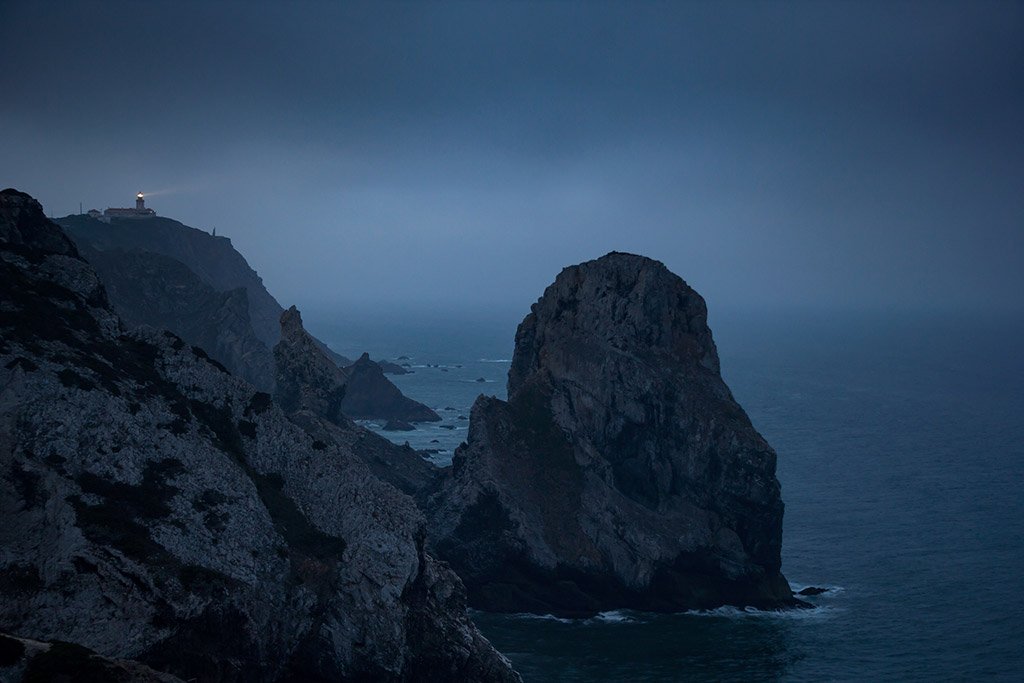
If you want to see the LARGEST WAVES IN THE WORLD – come to Nazare! The biggest waves are even 20 m tall, and the record-breaking one was 23,8 m tall! The iconic among surfers construction of the lighthouse in Nazare called Farol da Nazare is a hero of many movies, because from its top, the most spectacular takes of waves are filmed. The lower level of the building serves as a museum with surfboards that used to belong to the bravest surfers who drove the waves of Nazare and created the history of this sport. The whole thing makes an electrifying impression, especially during the autumn-winter season abundant in storms.
In August 2012, there was an accident on Nazare beach: a surprisingly large wave swallowed a grandfather and his five year old granddaughter who were talking a walk on the shore….
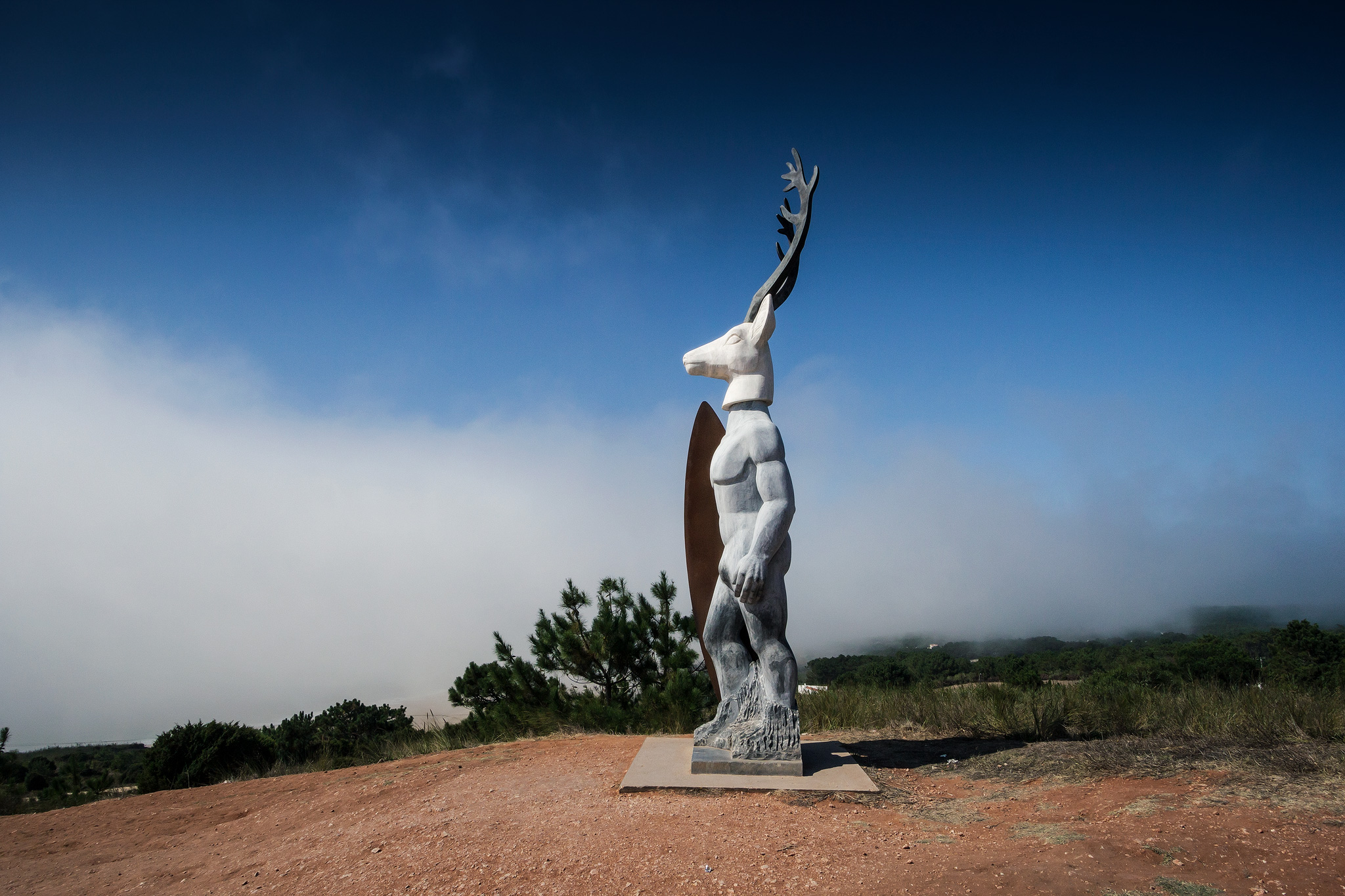
Un Saludo:)!
Back
Related articles
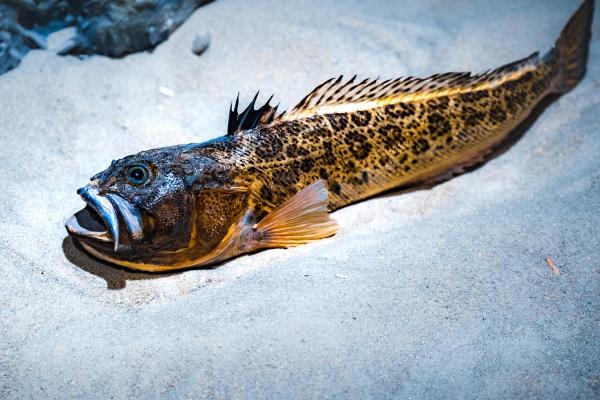
We have lived and stayed by the beaches of southern Europe for many years and never heard of similar cases, until one day ...
Read more